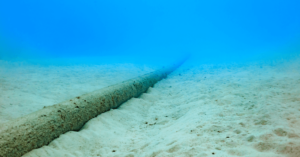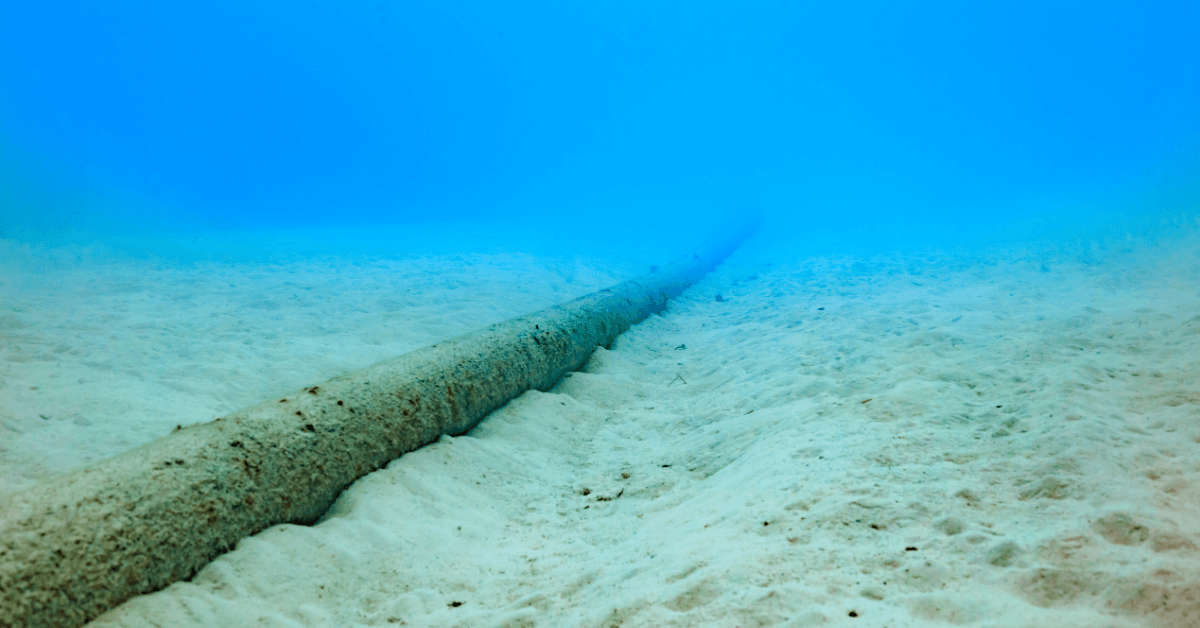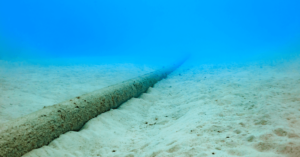
Former CEO Of New Zealand’s Largest Container Port Fined $190,000 Over Dockworker’s Death
February 22, 2025
World’s First Hydrogen-Ready High-Speed Ferry To Feature Gas-Steam Turbines
February 22, 2025

The authorities in Finland and Sweden have launched an investigation into a suspected case of sabotage of an undersea telecoms cable in the Baltic Sea.
The breach occurred in Sweden’s economic zone and is the third time in recent months that the C-Lion1 fibre-optic cable, operated by Finnish telecom provider Cinia, has sustained damage.
Finnish operator Cinia reported on February 20, that issues were detected on its C-Lion1 cable, that connects Finland and Germany. While data traffic continued to flow, further analysis confirmed that the cable was damaged.
The Finnish National Bureau of Investigation initiated a primary investigation with Swedish police also launching a probe.
Swedish authorities, including the Coast Guard, have dispatched a vessel to the affected area near Gotland to assist in the investigation. However, no suspects have been identified yet.
The Baltic Sea region has been on high due to repeated incidents of damage to undersea infrastructure. While many of the incidents are linked to civilian ships accidentally dragging their anchors, some suspect that few are a case of sabotage.
Sweden’s Prime Minister Ulf Kristersson was concerned over the incident, stating that it must be viewed within the context of the current security situation.
Meanwhile, Finland’s Prime Minister Petteri Orpo called for a thorough and calm investigation, saying that there had been no major disruption to telecommunications despite the damage.
In response to the increasing threat to undersea infrastructure, the European Commission announced a plan to enhance surveillance and establish a fleet of emergency repair vessels on Friday.
This initiative will redirect nearly a billion euros within the EU budget and include setting up a Baltic Sea hub to detect potential threats before they happen.
“We want to ensure that Europe is equipped not only to prevent and detect sabotage but also to actively deter, repair, and respond to any threats to critical infrastructure,” said European Commission Vice President Henna Virkkunen.
Additionally, about 40 U.S. Marines equipped with RQ-20 Puma surveillance drones have been deployed to Finland for the security of the undersea cables.
The drones will enhance maritime domain awareness and monitor undersea infrastructure in collaboration with the Finnish Navy.
The earlier damages to the C-Lion1 cable occurred in November and December last year, with full repairs completed by early January.
The submarine cable, with a length of 1173 kilometres, was commissioned in 2016. It connects Central European telecommunications networks to Finland and the other Nordic nations.
References: Reuters, BBC
Source: Maritime Shipping News


